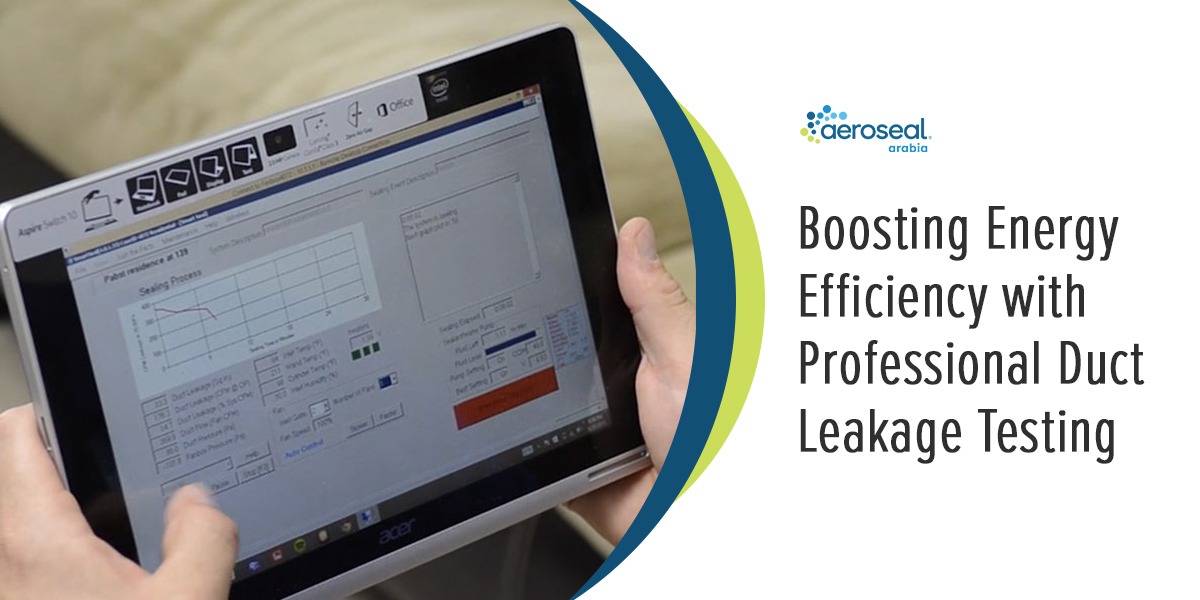
Boosting Energy Efficiency with Professional Duct Leakage Testing
Every building relies on a well-functioning HVAC system to maintain comfortable indoor air quality. However, even the most advanced systems can waste energy if the ductwork isn’t properly sealed. Air leaks often go unnoticed, yet they can reduce efficiency, increase energy costs, and compromise indoor air quality. That’s where professional duct leakage testing makes a real difference.
Why Duct Leakage Testing Matters
When air escapes through cracks or gaps in the ducts, the system has to work harder to heat or cool the space. This extra strain wastes electricity and shortens the lifespan of the equipment. Studies from the U.S. Department of Energy show that an average home can lose up to 30% of conditioned air due to duct leaks. In commercial properties, that number can be even higher.
Testing identifies where leaks exist and helps professionals measure the total amount of air loss. Once detected, these leaks can be sealed to restore the system’s performance and improve air balance throughout the building.
How Duct Leakage Testing Works
Professional technicians use specialized equipment to measure airflow and pressure inside the duct system. The process usually involves sealing all vents and registers, then using a calibrated fan to pressurize the ducts. As the pressure builds, sensors detect any drop in airflow, revealing leaks in the network.
The test provides two key insights:
- Total Duct Leakage (TDL): Measures all leaks across both conditioned and unconditioned spaces.
- Leakage to Outside (LTO): Focuses on air escaping into unconditioned areas like attics or crawl spaces.
Both results give a clear picture of how efficiently the HVAC system operates and where improvements are needed.
Energy Efficiency Benefits
A properly sealed duct system ensures that every bit of heated or cooled air reaches its intended destination. This directly lowers energy consumption and reduces monthly utility costs. In commercial environments, duct sealing can also help businesses meet energy efficiency standards and qualify for rebate programs offered by local energy authorities.
Improved air distribution also enhances comfort. Rooms maintain more consistent temperatures, and the risk of dust, pollen, or outdoor pollutants entering the system is significantly reduced. Over time, this creates a cleaner and healthier indoor environment for occupants.
The Role of Professional Technicians
Although it may sound simple, duct testing requires precision and expertise. Certified HVAC technicians use advanced diagnostic tools to pinpoint leaks without disrupting the building’s structure. Once testing is complete, they can seal the leaks using water-based, non-toxic sealants that harden inside the ducts and prevent further air loss.
Hiring a professional service ensures that the test results are accurate and that any corrective measures actually deliver results. A DIY approach may overlook hidden leaks or fail to provide a clear efficiency measurement.
When to Schedule a Duct Leakage Test
It’s best to conduct duct testing during HVAC installation or major renovation projects. However, it can also be done in existing buildings if there are signs of inefficiency—such as uneven room temperatures, rising energy bills, or excessive dust near vents. Regular testing every few years helps maintain consistent system performance and prevents costly repairs down the line.
Final Thoughts
Duct leakage testing is one of the most effective ways to boost energy efficiency in any property. It not only lowers energy costs but also improves comfort, air quality, and system reliability. Whether you manage a residential building or a large commercial facility, scheduling a professional duct leakage test is a smart, long-term investment in sustainability and performance.



